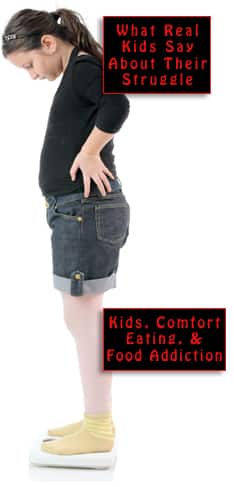
Associate Professor of Biology Erin S. Bromage reminds us that a single cough or sneeze from a COVID-19-infected person can contain 200 million virus particles, and explains the “virus x time formula” which is integral to contact tracing:
Anyone you spend greater than 10 minutes with in a face-to-face situation is potentially infected. Anyone who shares a space with you (say an office) for an extended period is potentially infected.
Social distancing guidelines don’t hold in indoor spaces where you spend a lot of time, as people on the opposite side of the room were infected.
To call these times uncertain is to put it very, very mildly. Two days ago, ABC News published a photo from South Africa, in which hundreds of people are lined up to receive donated masks, sanitizer, and food. Although plenty of space is available in a large field, they are not socially distanced, and so will likely need all the personal protective equipment they can get. Also, in the Netherlands, cats are suspected of spreading the disease among the farmed mink.
Worldwide, May 20 marked the “highest 1-day increase since coronavirus outbreak began,” with 106,000 more cases than on the previous day. In some American states, the numbers of people who test positive, or are actually sick from COVID-19, are growing. Texas, Alabama and Florida are expected to become worse.
And yet, many states and cities are plunging boldly into what they hope will resemble normalization. The Washington Post says,
The CDC this week issued a detailed road map for reopening schools, child-care facilities, restaurants and mass transit. On Tuesday night, the agency issued additional guidance in the form of “health considerations” for summer camps, including overnight camps, and youth sports organizations and colleges.
It is reported that during the previous weekend, over 800,000 tourists socialized in Maryland and Virginia, having left closed areas like the suburbs of Washington, D.C. For these and other reasons, many people are expecting a “second wave.” Dr. Bromage says,
Bottom line: the only reason the total USA new case numbers look flat right now is because the New York City epidemic was so large and now it is being contained. So throughout most of the country we are going to add fuel to the viral fire by reopening.
As if all this were not sufficiently distressing, a new horror has been unleashed, a condition similar in ways to both toxic shock syndrome and Kawasaki Disease, and it affects children. Pediatric multi-system inflammatory syndrome, or PMIS, seems to be related to COVID-19, although confirmation is elusive. The theory is, the child’s body does its best to make protective antibodies against the coronavirus, but goes too far, producing a potentially fatal inflammatory response.
Danger signs include…
[…] a high fever for no other apparent reason, and other symptoms such as red eyes, belly pain, a prickly heat rash all over the body, muscle aches, vomiting, or diarrhea…
Recommended: “Help Stop the Spread of COVID-19 in Children” guidelines by the CDC.
Your responses and feedback are welcome!
Source: “The Risks — Know Them — Avoid Them,” ErinBromage.com, 05/20/20
Source: “World sees highest 1-day increase since coronavirus outbreak began,” Go.com, 05/20/20
Source: “Experts warn of second coronavirus wave in Dallas, Houston, Alabama and parts of Florida,” WashingtonPost.com, 05/20/20
Source: “PMIS: Rare Inflammatory Syndrome Affecting Kids May Be Related to COVID-19,” YaleMedicine.org, 05/15/20
Image by Osseous/(CC BY 2.0)

 FAQs and Media Requests:
FAQs and Media Requests: 












One Response